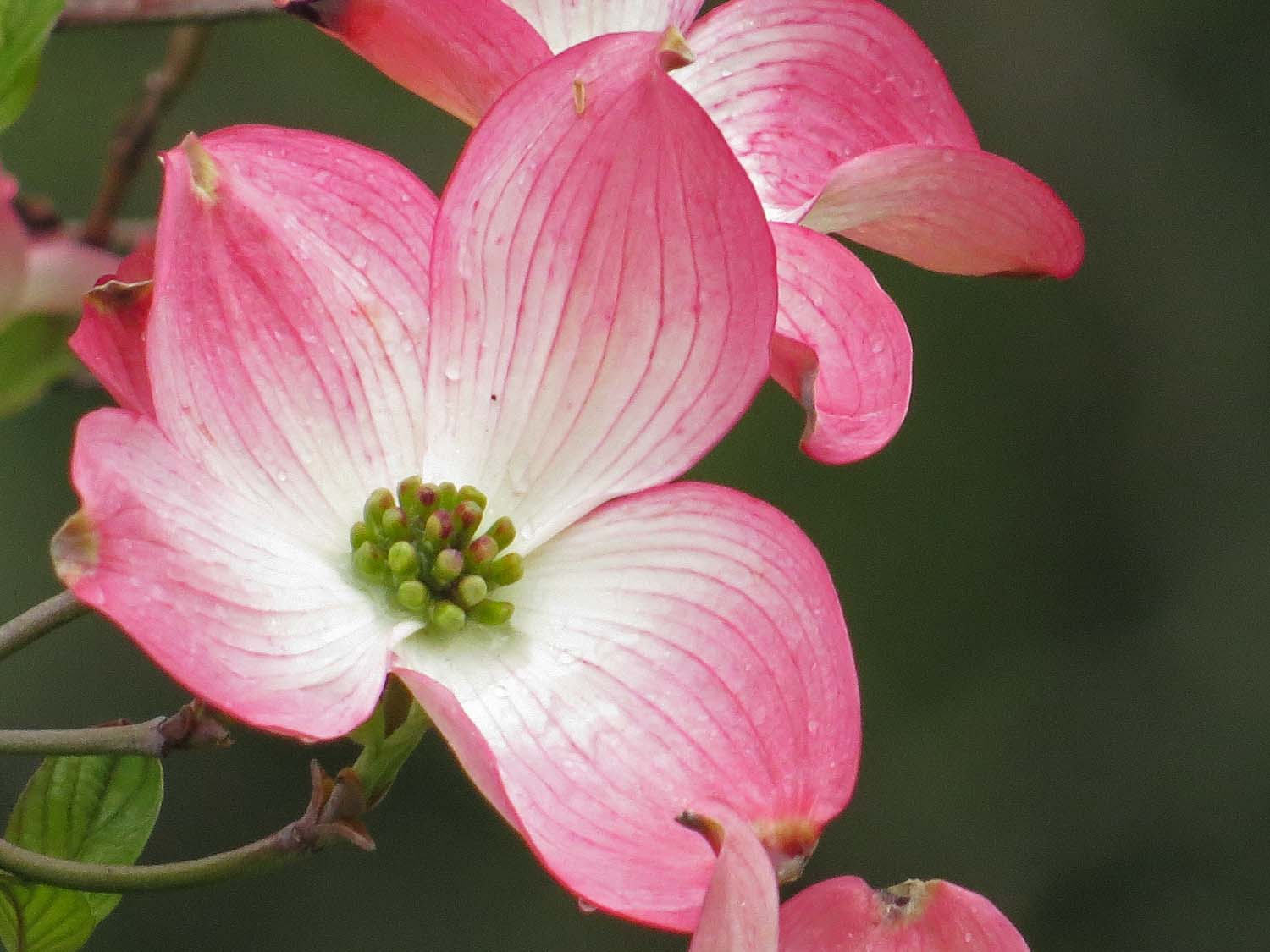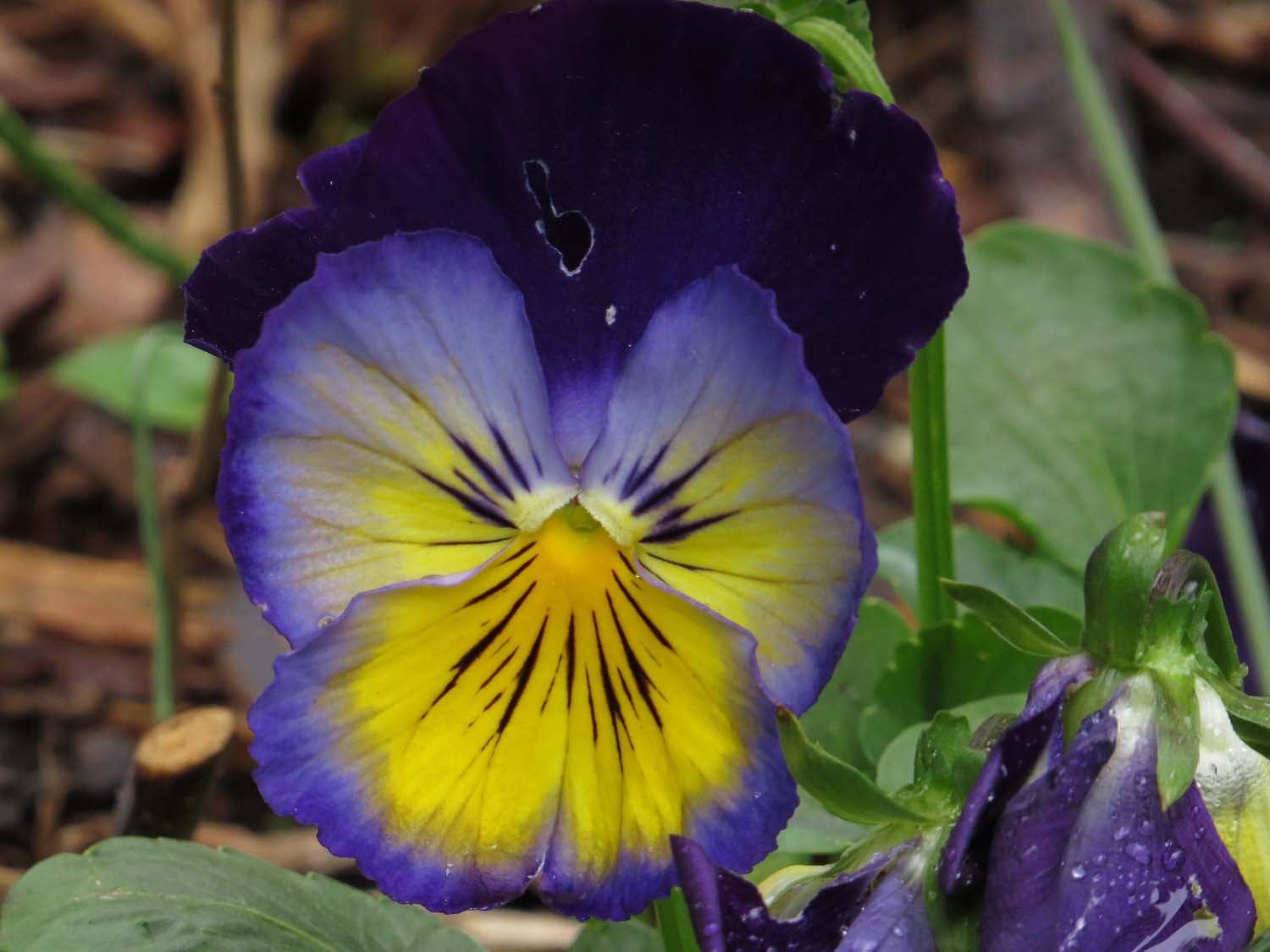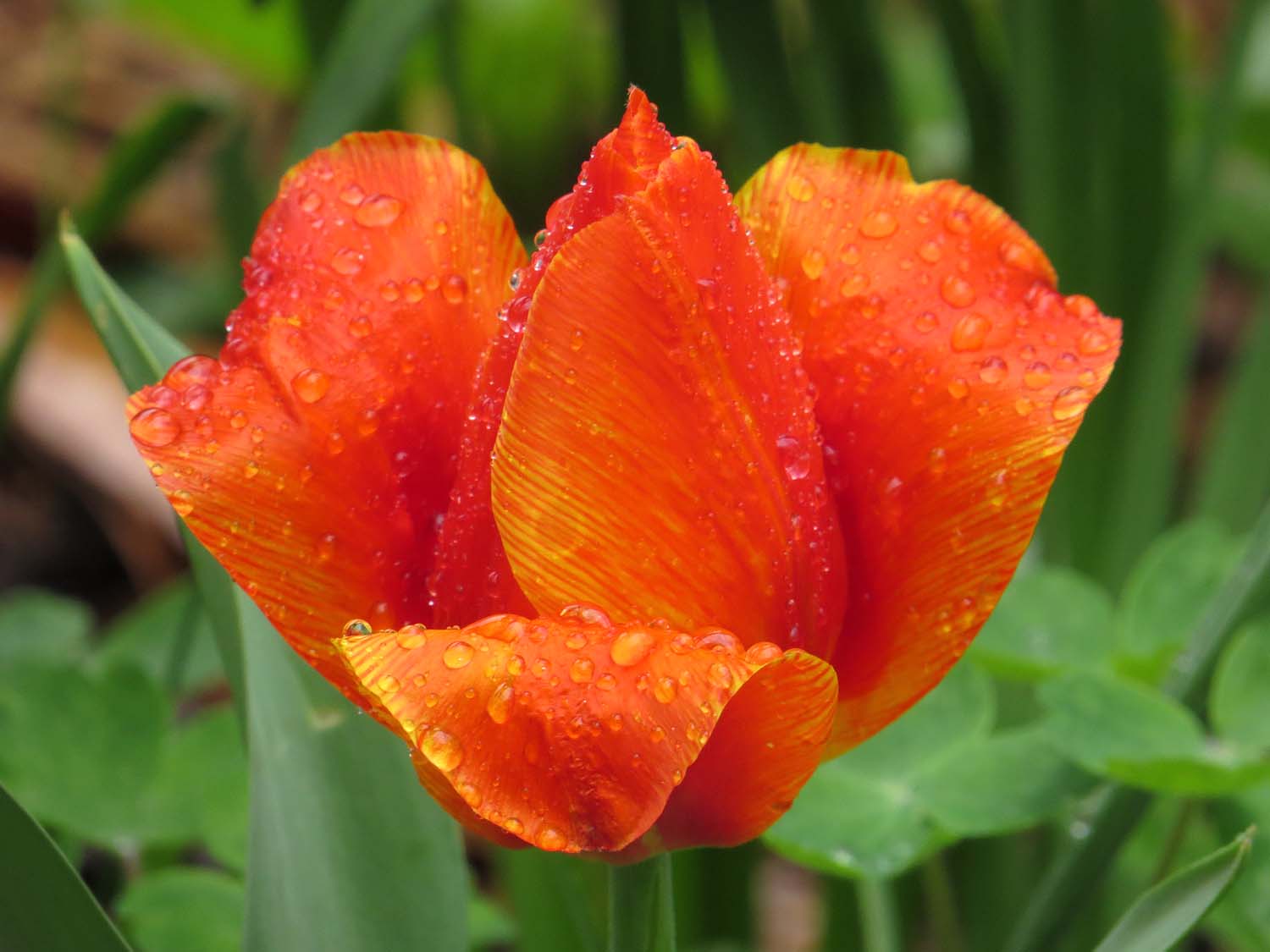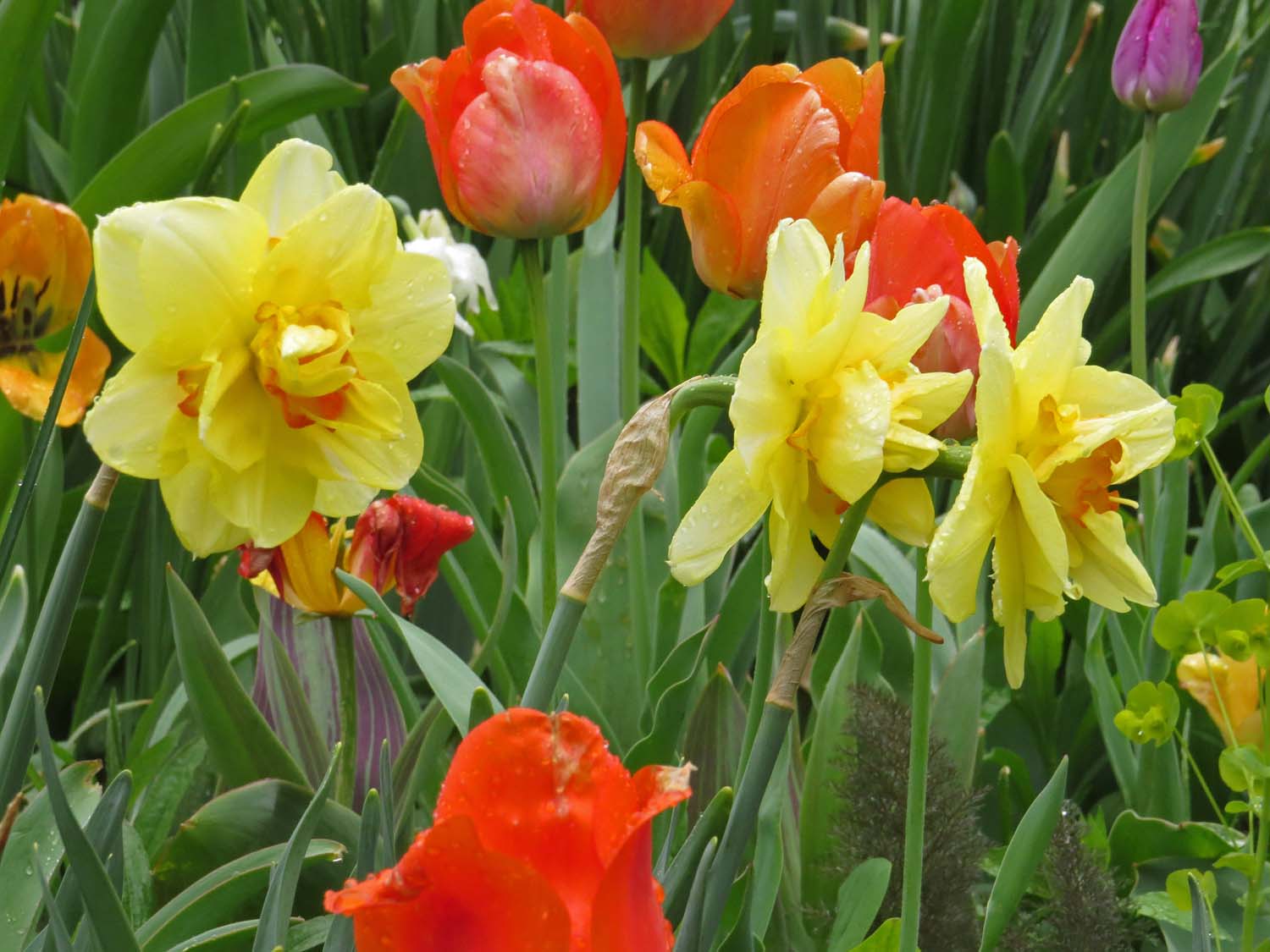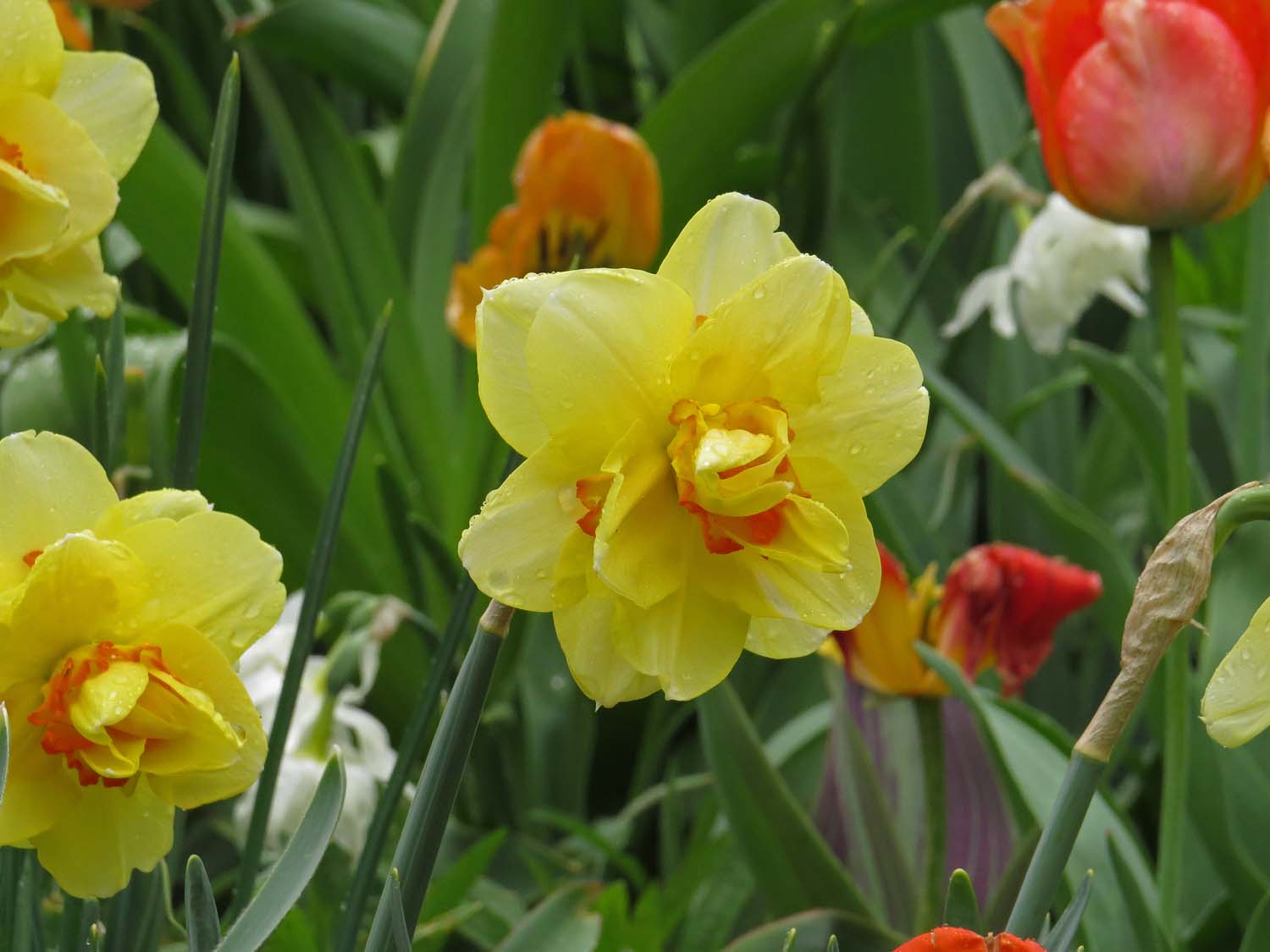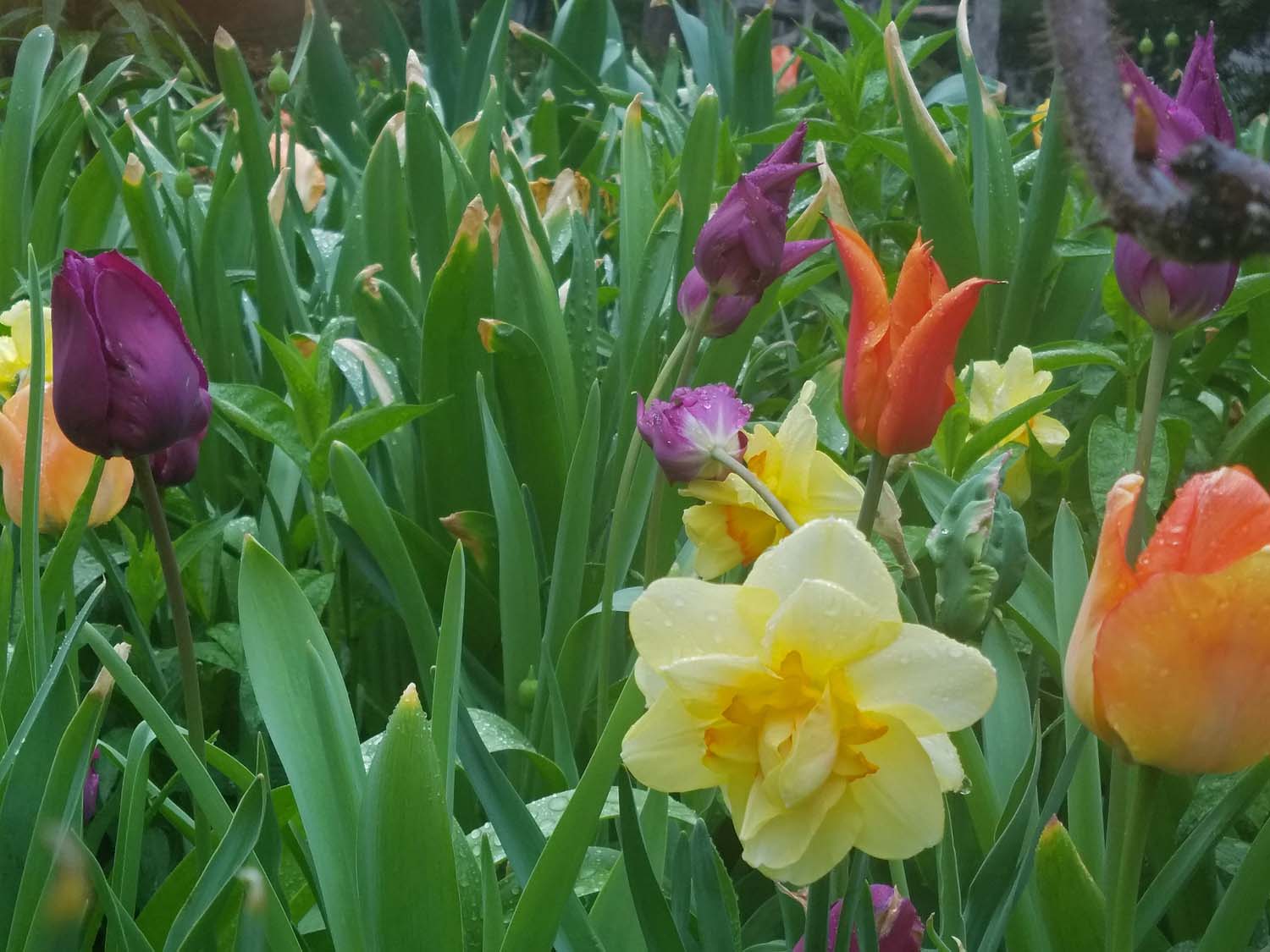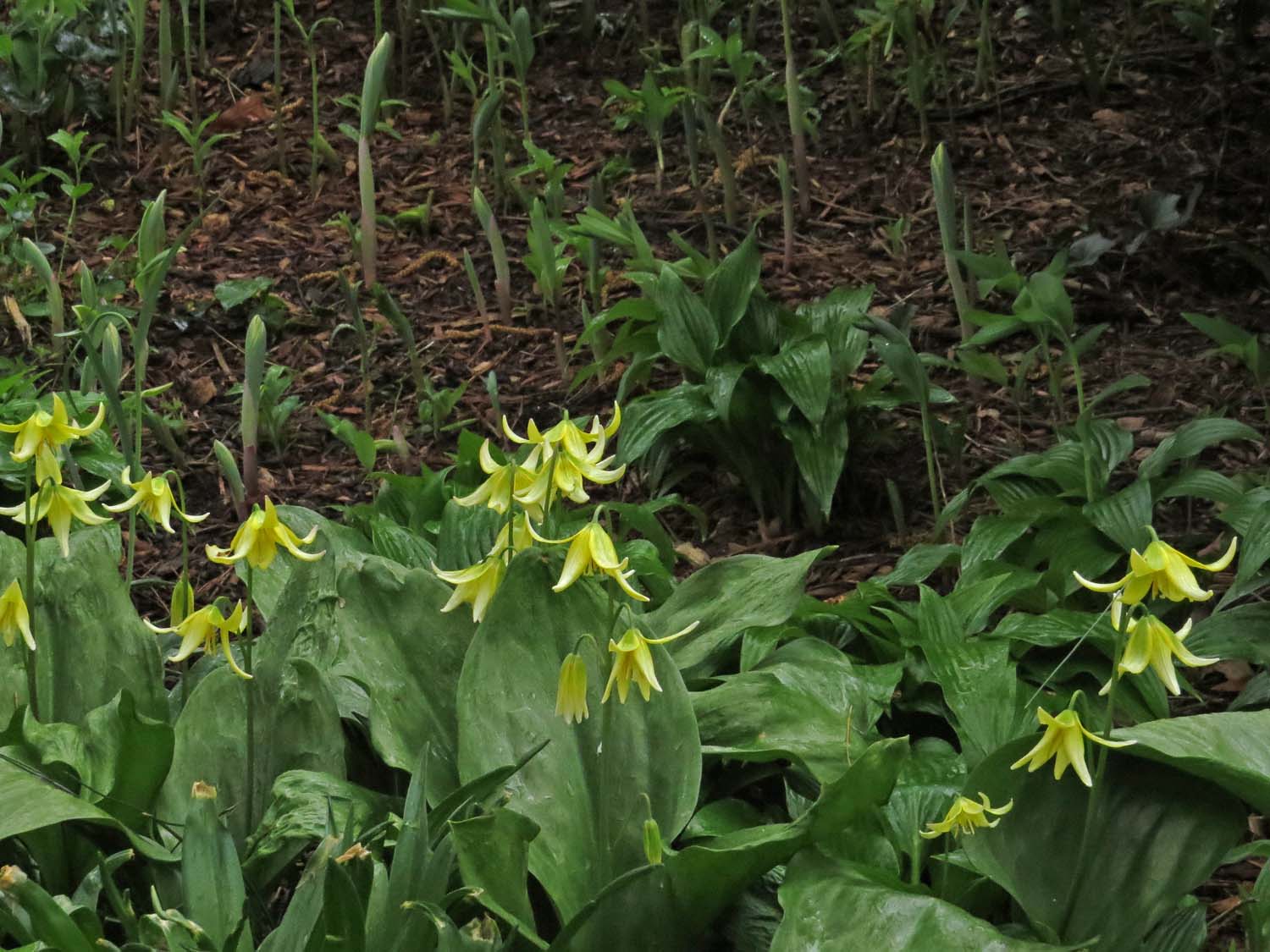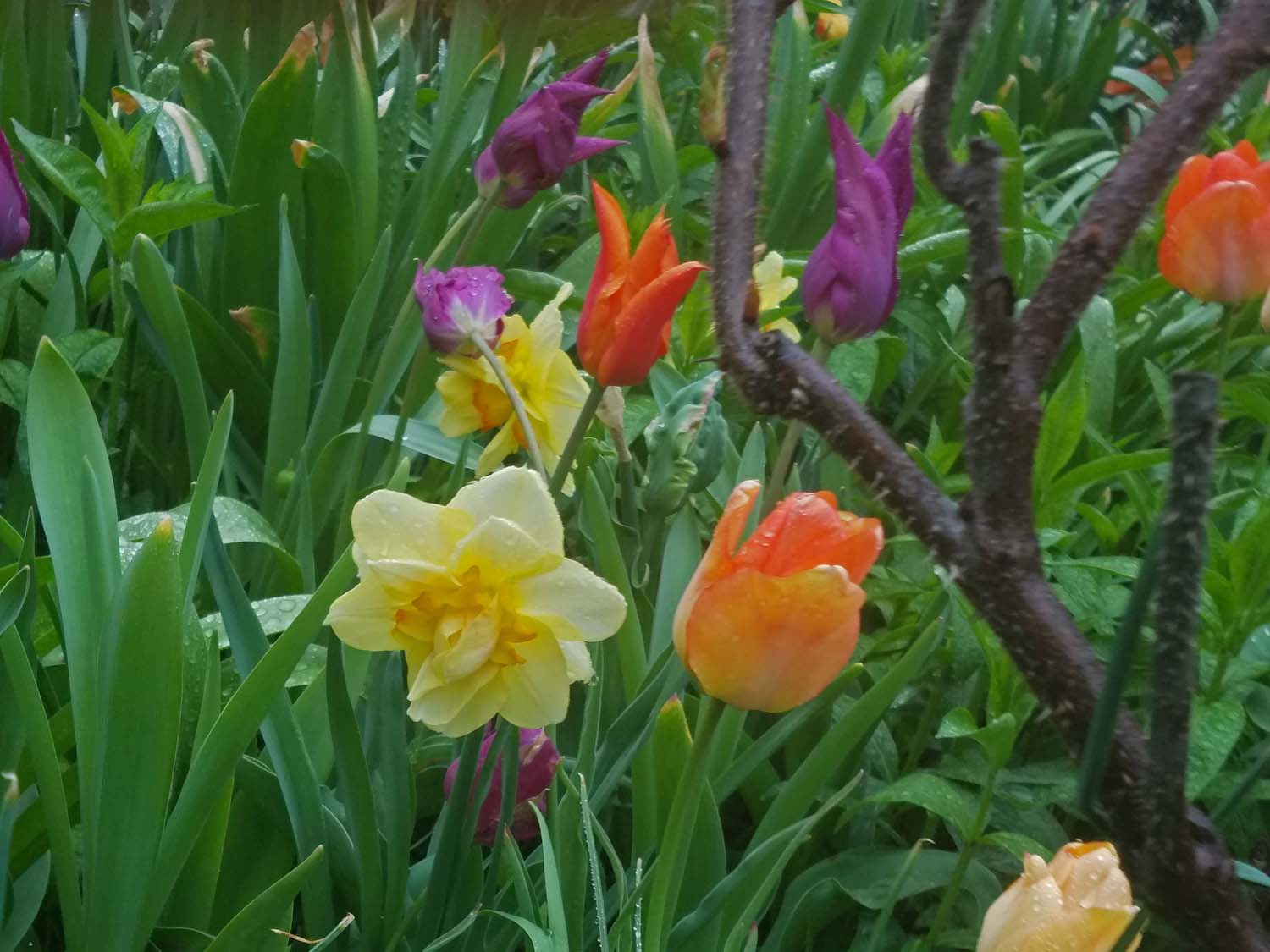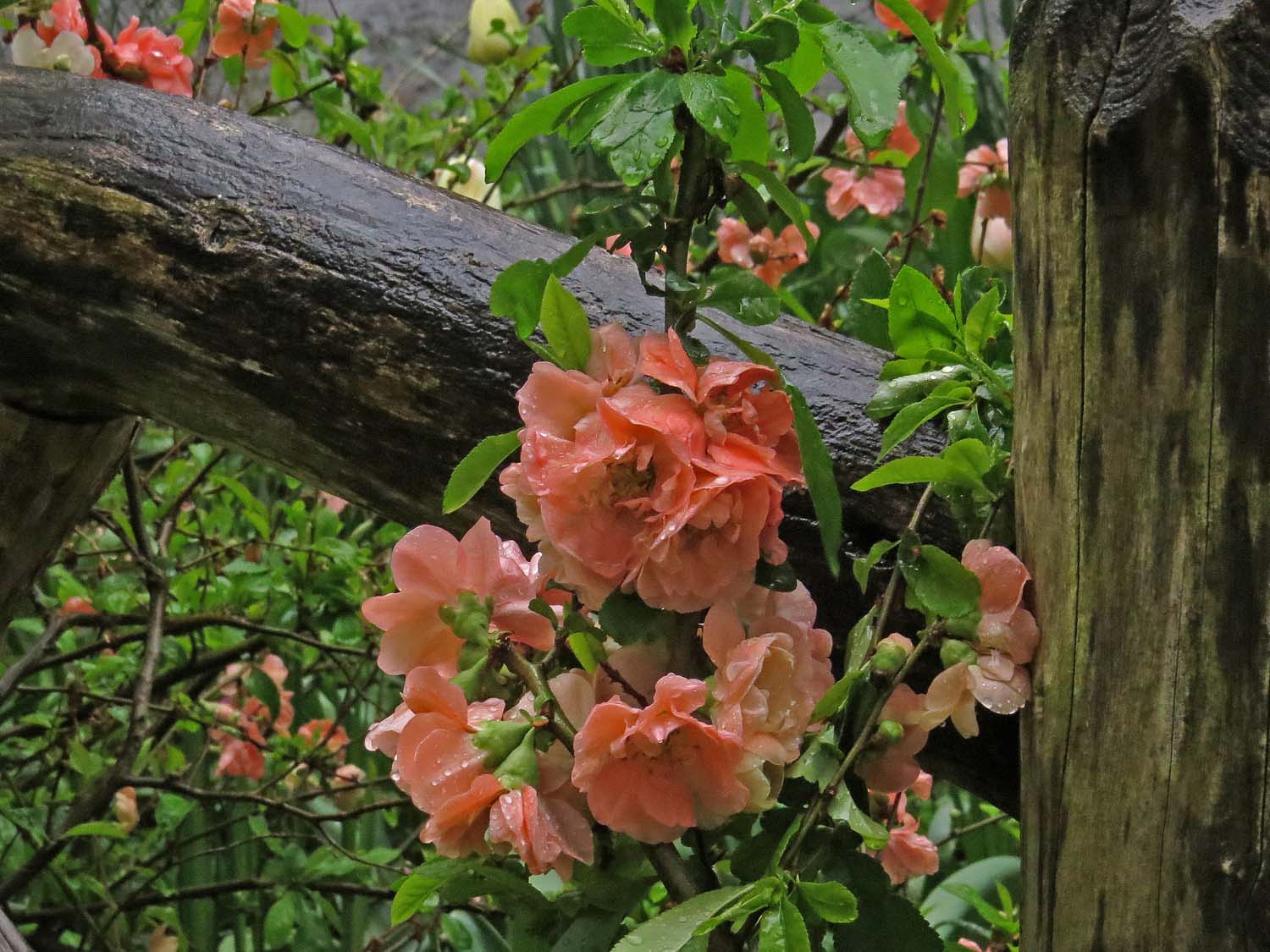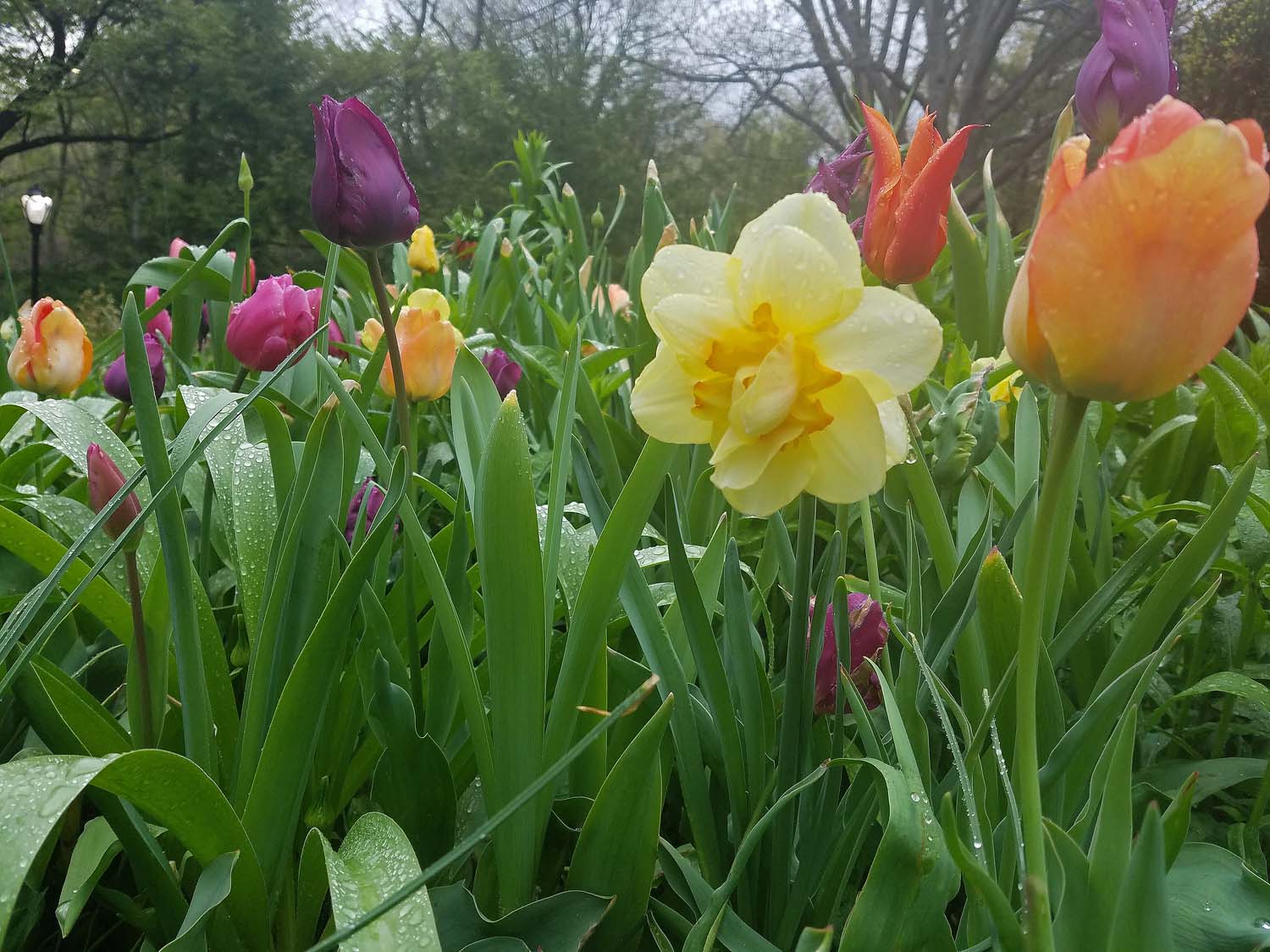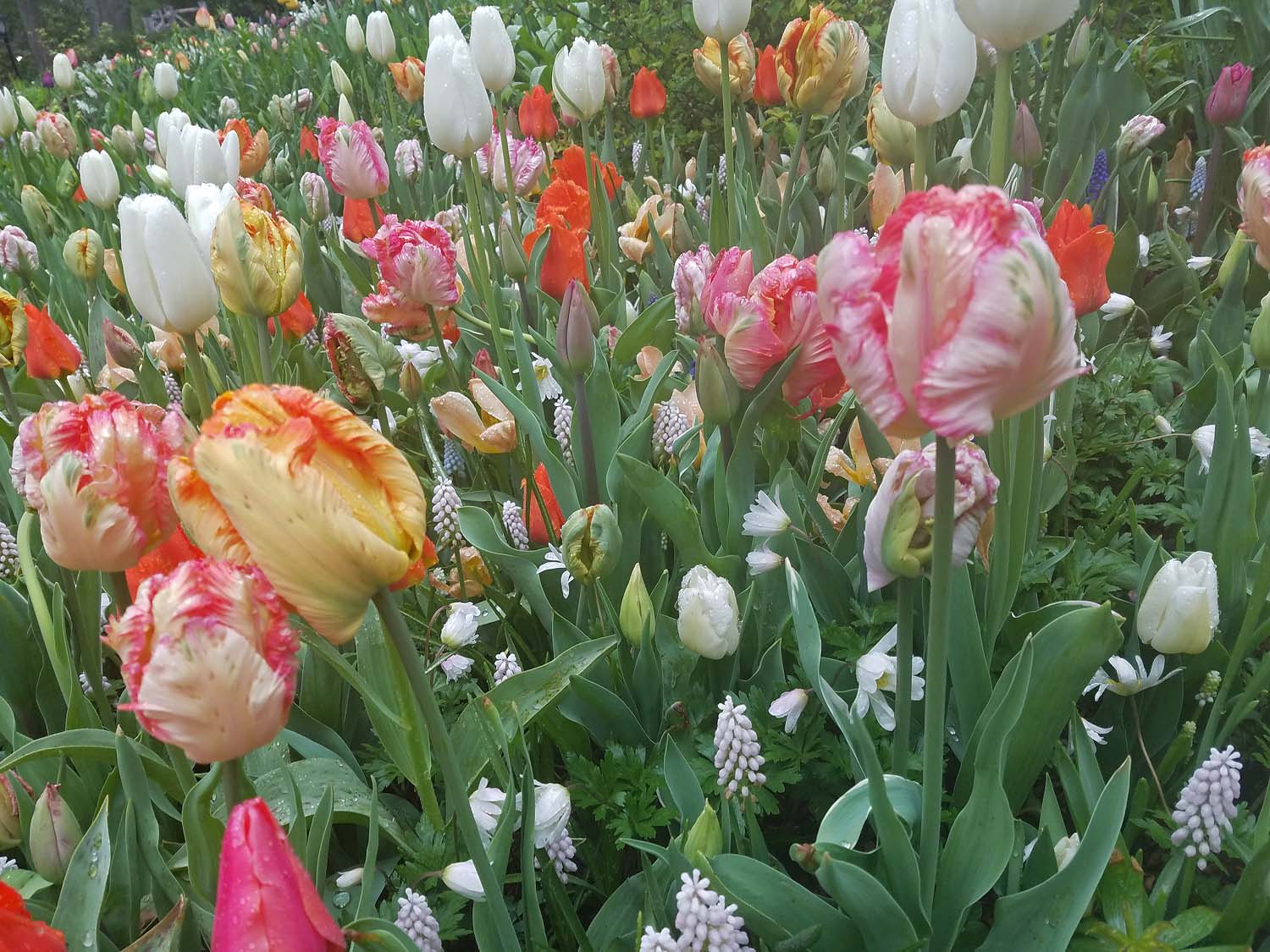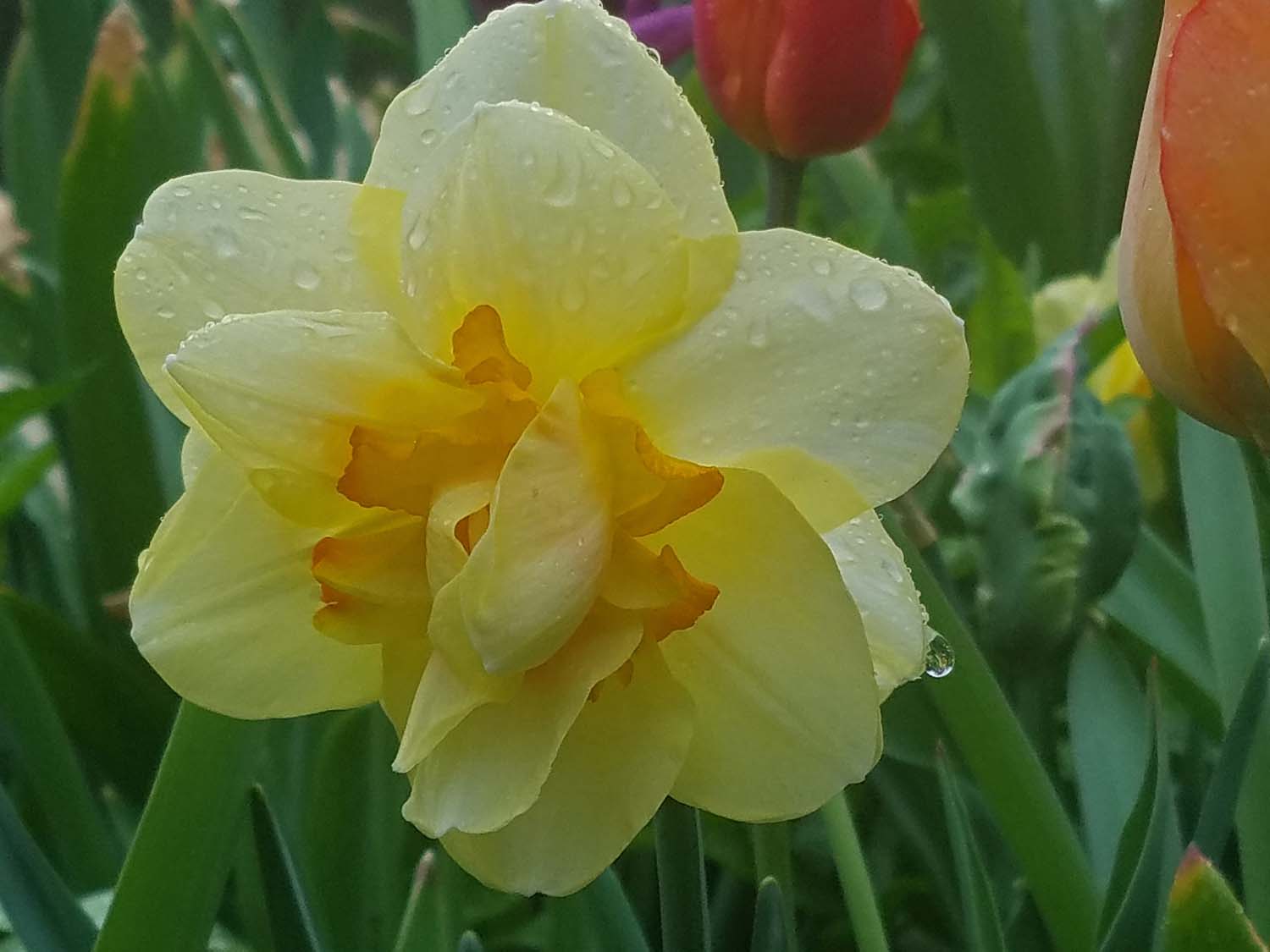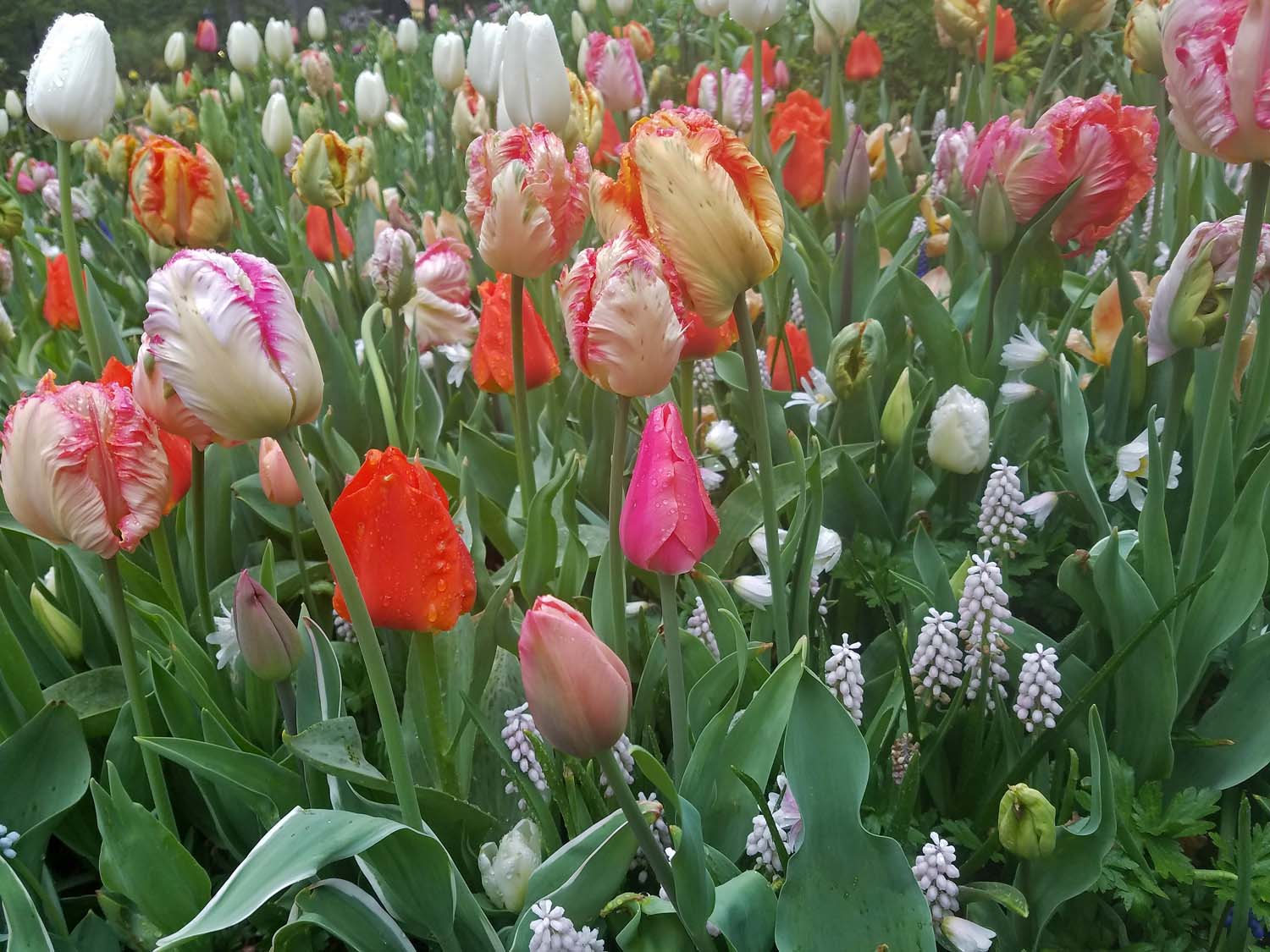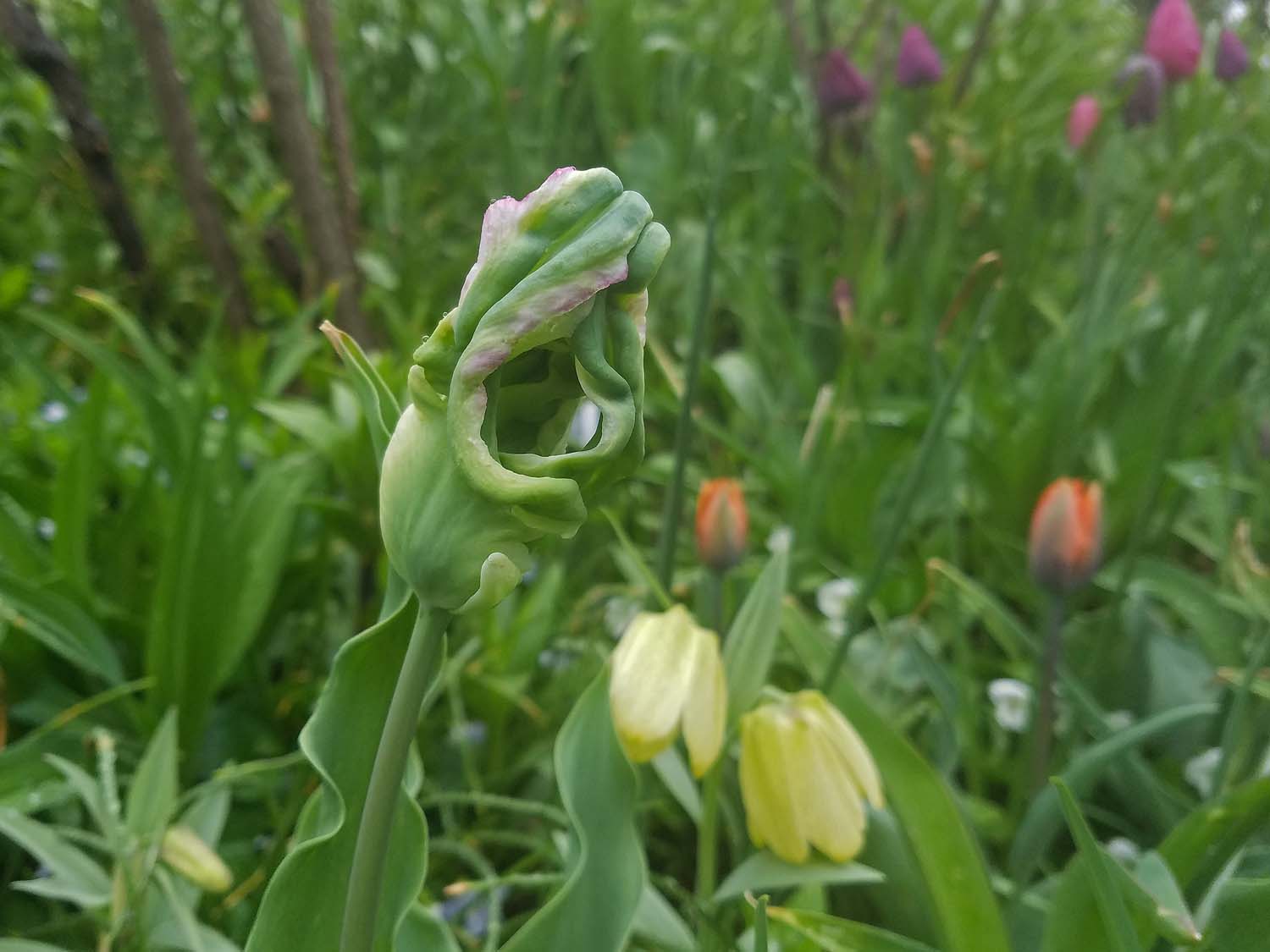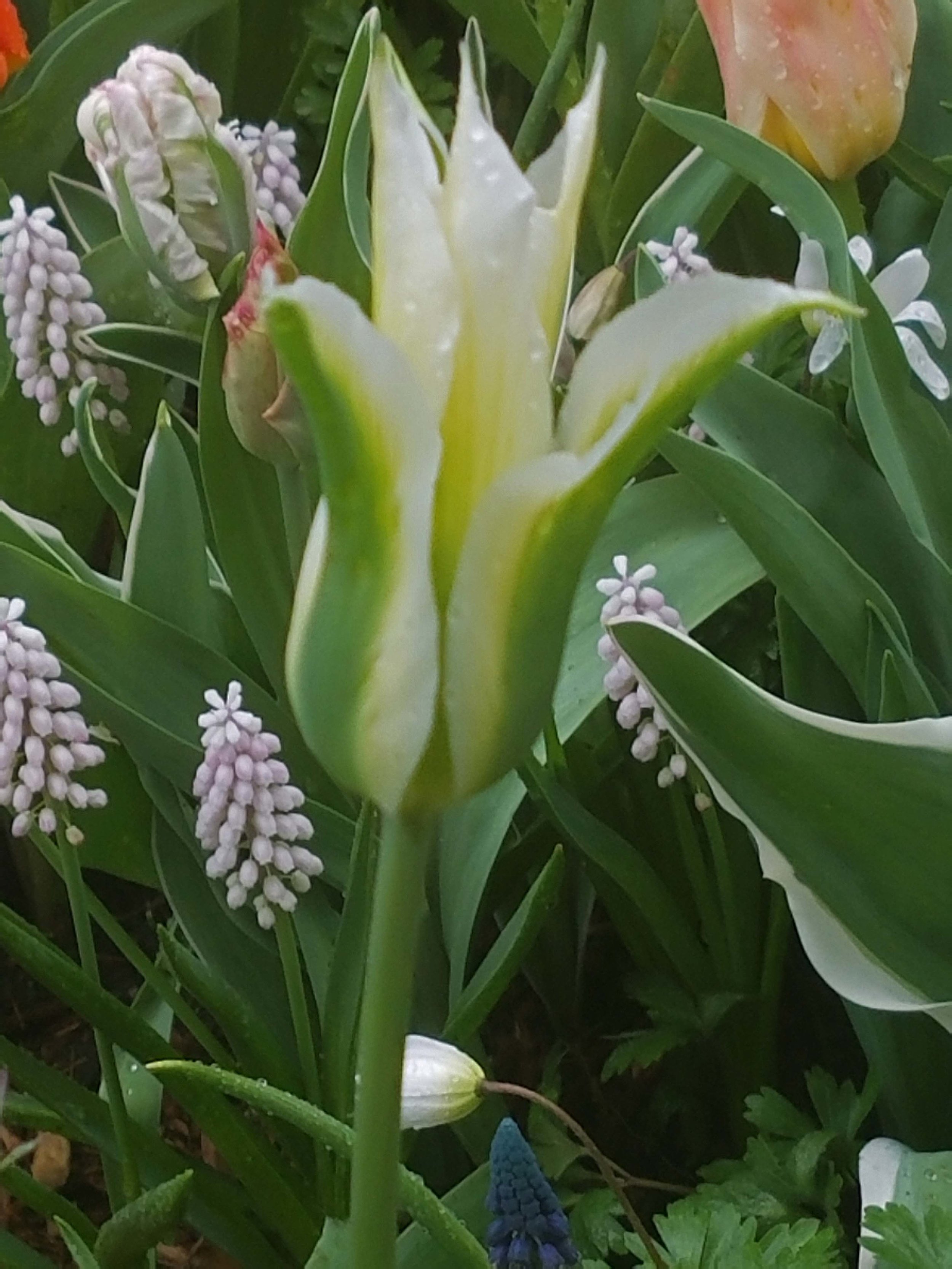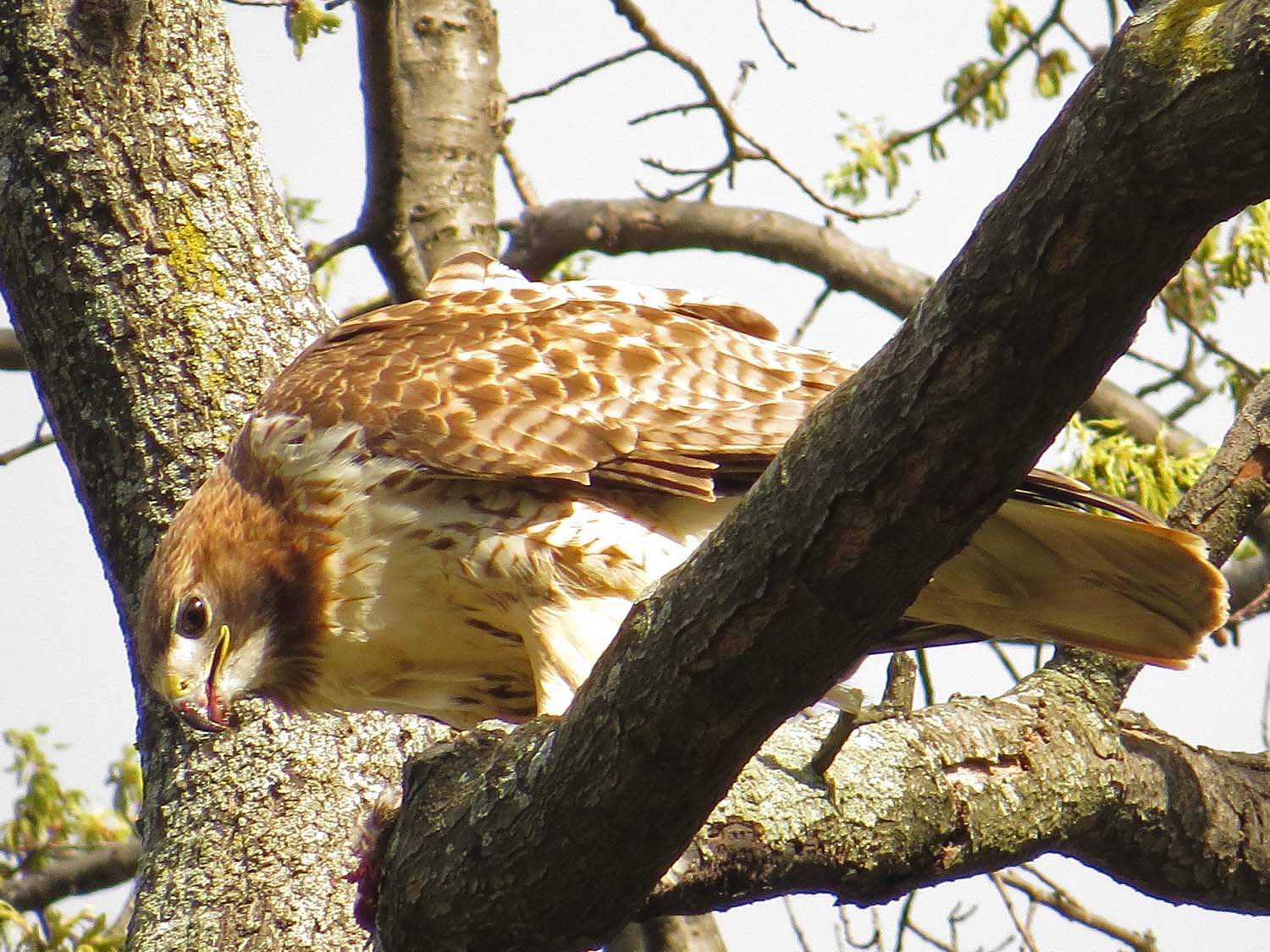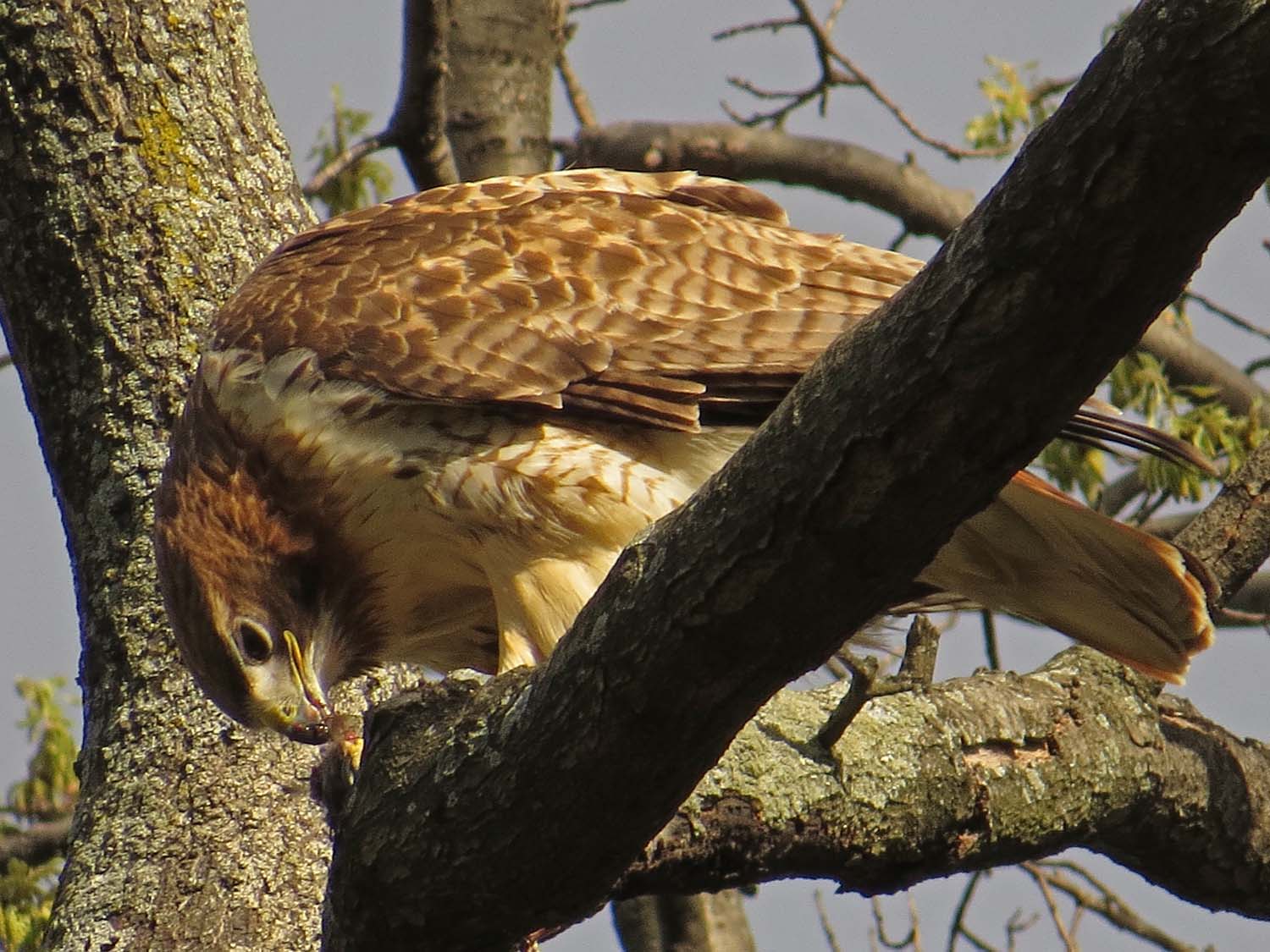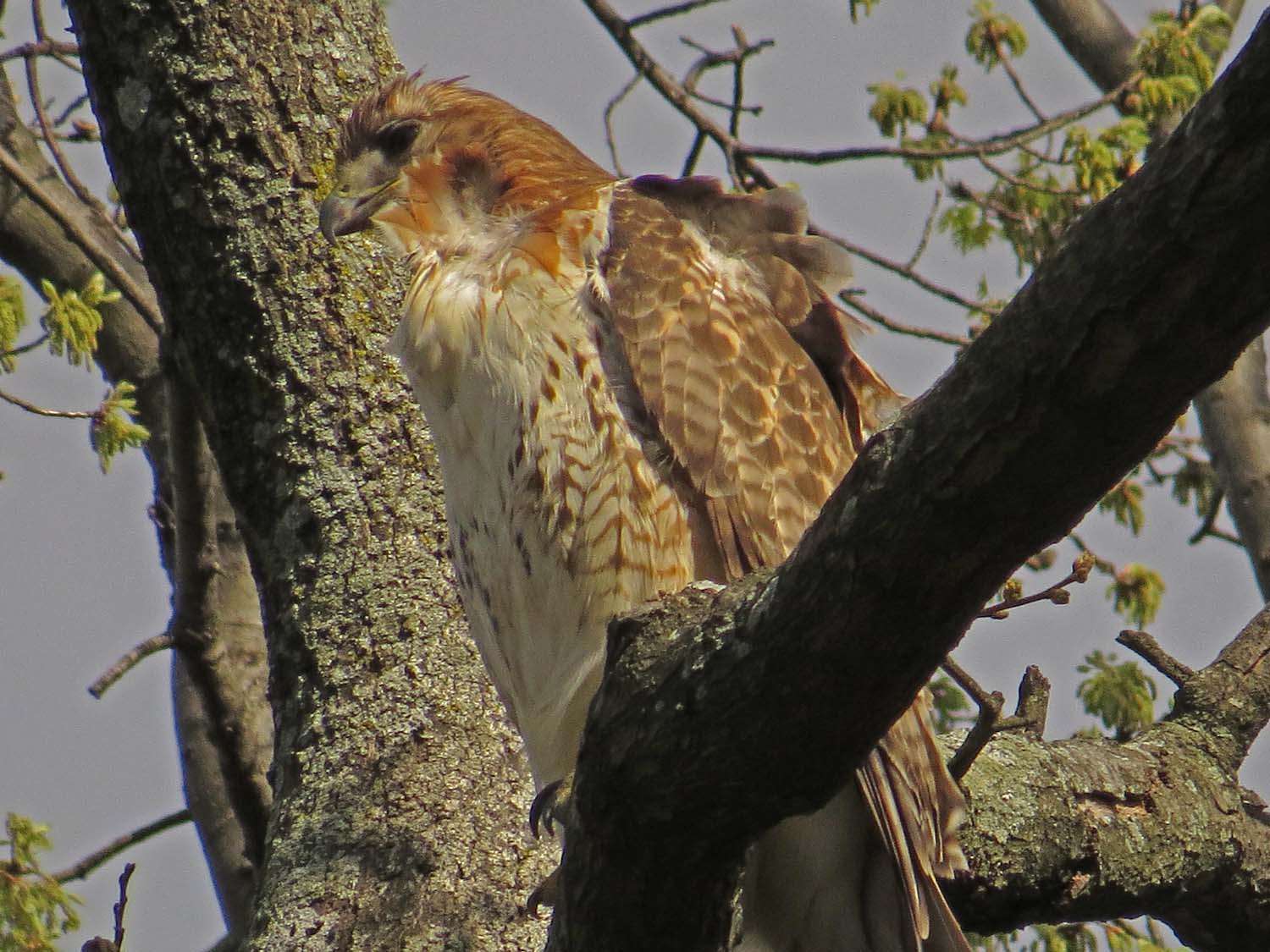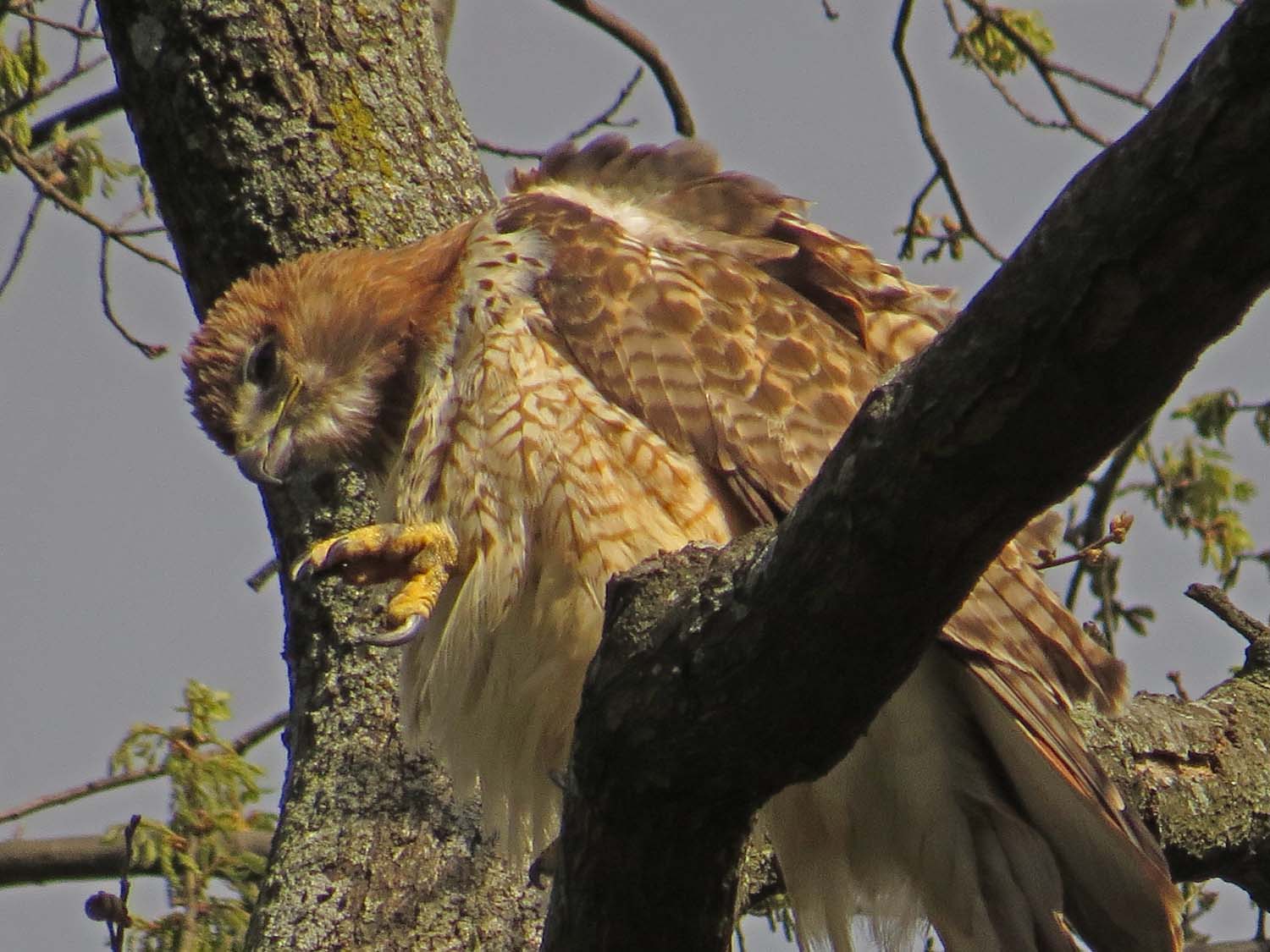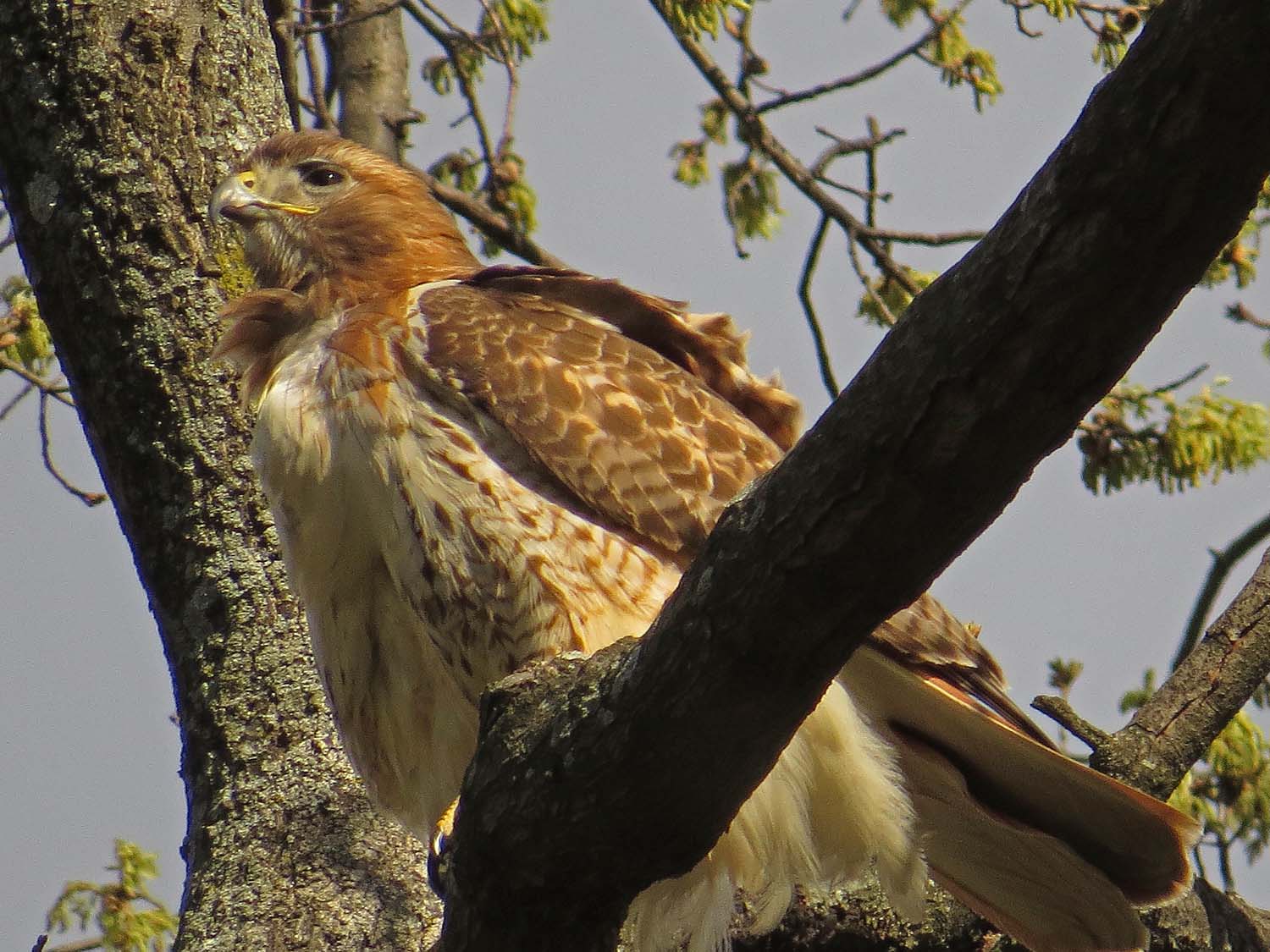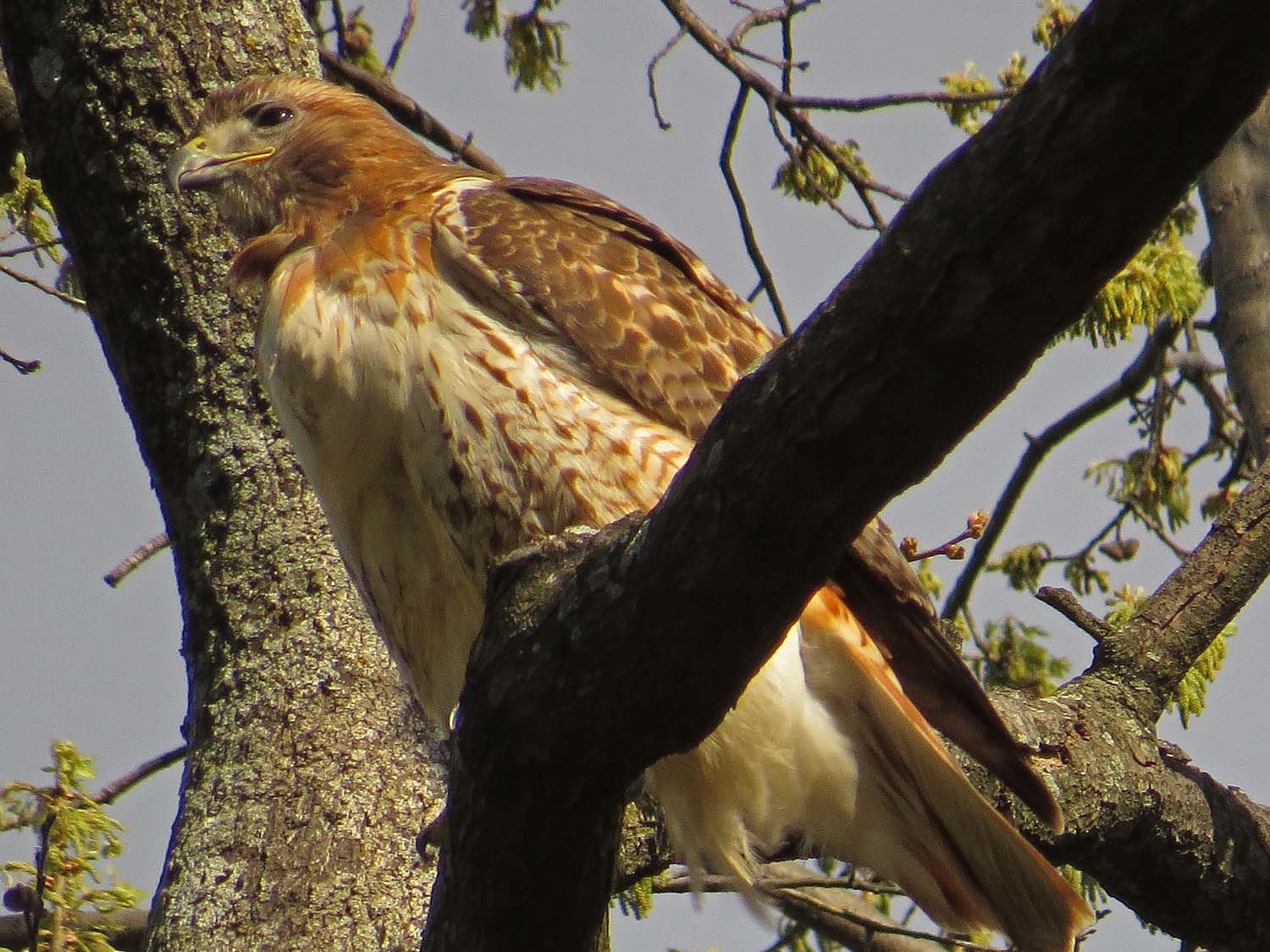New York is blooming these days. I went to Brooklyn Botanic Garden on Friday, and will soon post a video and lots of purty cherry blossoms from that visit. Saturday was a rainy day, so I spent a brief time in Central Park, part of the day watching a visiting wild turkey, and part of the day at Shakespeare Garden looking at the tulips, daffodils and other blooms.
Tulip, Shakespeare Garden, Central Park, April 22, 2017
The short Contemplate This! video does not include all of the gorgeous petals I saw on Saturday, but has quite a few of them, all set to Antonio Vivaldi's Spring (3rd movement), from the Four Seasons, performed by John Harrison and obtained from MusOpen.org, a royalty-free music source.
Despite the rain and dark lighting, I did manage to take some photos I really like.
Pink dogwood, Shakespeare Garden, April 22, 2017
Fritillaria, Shakespeare Garden, April 22, 2017
I didn't make it to the March for Science on April 22 — a cause I really believe in — no excuse, really, except that I was tired from a long day Friday in Brooklyn and a long night at the Metropolitan Opera for Der Rosenkavalier. I stood for the first two acts, and felt both hours of it in my back and legs, but a lovely woman gave me a seat for the last act, and I was so grateful. It was wonderful to hear and see Renée Fleming in the opera again (I saw her in the Strauss opera in Paris years ago). She owns the role.
I have put up a video showing the Tompkins Square red-tailed hawks and Pale Male and Octavia, the Fifth Avenue hawks. I will post here soon, too. A lot of editing to do, and a lot of pictures to take. Who thought retirement would wear me out so much!




